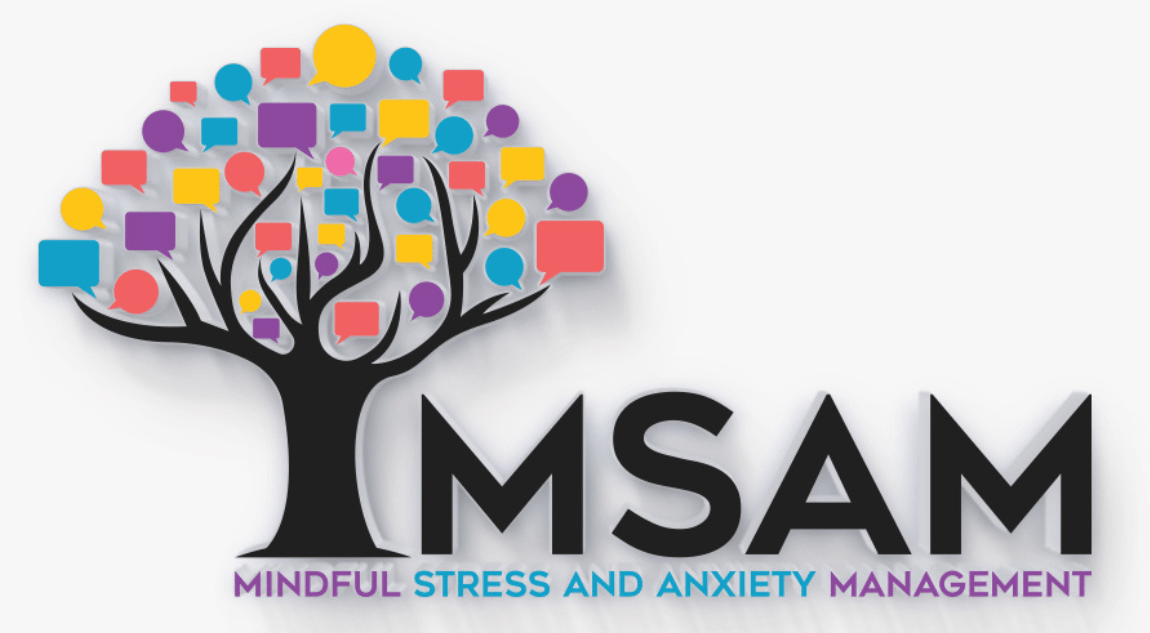Treatment for Body Dysmorphic Disorder (BDD)
Individuals who suffer from BDD view themselves as flawed in their physical appearances, believing that they look ugly, unattractive, abnormal, or deformed. These perceptions are not supported by others, who tend to view their appearance as “normal.” The focus of concern with appearance can be involve any part of the body, but is often focused on the skin, such as: acne, wrinkles, lines, scars, or paleness. A person suffering from BDD may also focus on the perceived asymmetry of certain body areas, or concerns about their eyes, teeth, hair, weight, stomach, chest, breast, legs, face size or shape, nose, lips, chin, eyebrows, or genitals. The person suffering BDD can experience distress ranging from mild to severe.
Common negative beliefs around the areas of concern include:
- Defective appearance: “My body part is ‘deformed’ or ‘flawed,’” “My skin is terribly scarred,” or “I’m going bald.”
- Coloring: “My legs are too pale,” “My face is too red” (or too splotchy, uneven, etc.)
- Shape/size: “My biceps are too scrawny” (may involve body build, muscle tone, muscularity, and/or the size or shape of any body area)
- Asymmetry/disproportion: “My eyebrows are uneven”
Individuals experiencing body dysmorphic disorder find their preoccupations intrusive and unwanted, consuming numerous hours of their daily lives. Those suffering from BDD find the symptoms difficult to control or manage successfully. There are many ways in which the individual may try to manage the anxiety produced by their BDD, such as through the rituals listed below. These actions tend to include both excessive and repetitive behaviors and mental acts, which, in and of themselves, can create anxiety and sadness.
BDD-related rituals may include:
- Comparing one’s appearance with the appearance of others.
- Repeatedly checking perceived defects in mirrors or reflective surfaces or examining them directly.
- Excessive examining/touching of perceived defects.
- Excessive grooming, shaving, combing, and styling; plucking or pulling out-of-place or unwanted hair; repeated cutting of hair to achieve symmetry.
- Camouflaging a perceived defect with makeup, hats, scarfs, or other clothing.
- Reassurance-seeking about how the perceived defect looks.
- Excessive exercise or bodybuilding.
- Excessive tanning to “fix” perception of pale skin.
- Seeking repeated cosmetic procedures.
- Compulsive shopping for cosmetics.
- Skin picking with the aim of smoothing out perceived flaws.
Muscle dysmorphia
Muscle dysmorphia is a form of BDD that more often occurs with men. A person who experiences muscle dysmorphia suffers from a preoccupation with the idea that one’s body is too small or not lean or muscular enough. Individuals suffering from muscle dysmorphia may engage in excessive weight lifting, excessive dieting, or potentially dangerous anabolic-androgenic steroids and related substance use in order to make their body larger and more muscular.
Conclusion on BDD
We all may find ourselves engaging with certain behaviors listed above to one degree or another. However, those suffering from BDD are affected to a degree that causes noticeable and harmful impairment to their social, occupational, or other important life attachments. BDD affects approximately 1 in 50 people (2.5% of women and 2.2% of men). It is as least as common as, if not more prevalent than, obsessive-compulsive disorder (OCD), anorexia nervosa, and social anxiety disorder (SAD). The onset most commonly occurs during adolescence, between the ages of 12-17. Research suggests that people with BDD have differences in visual processing and may actually see themselves differently than other people do. Consult an expert if you or someone you know or care about fits the above symptom profile.
Body dysmorphic disorder often goes overlooked, and suicide rates are high for adults and adolescents. You can reach the suicide hotline by calling 1-800-273-8255 or simply clicking here.
Contact Harold Kirby at 610-517-3127 to schedule a consultation or appointment to discuss treatment for BDD. Harold provides telehealth treatment for clients in Philadelphia and the surrounding areas of Pennsylvania and New Jersey (Main Line, Montgomery County, Camden, Cherry Hill), as well as in the South Carolina Lowcountry (Hilton Head, Bluffton, Beaufort, Colleston County, Dorchester County, Berkeley County, Charleston).
